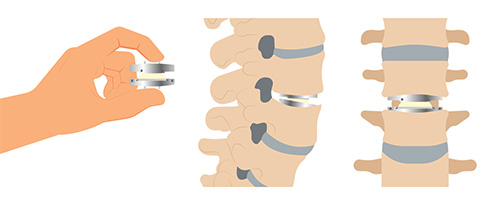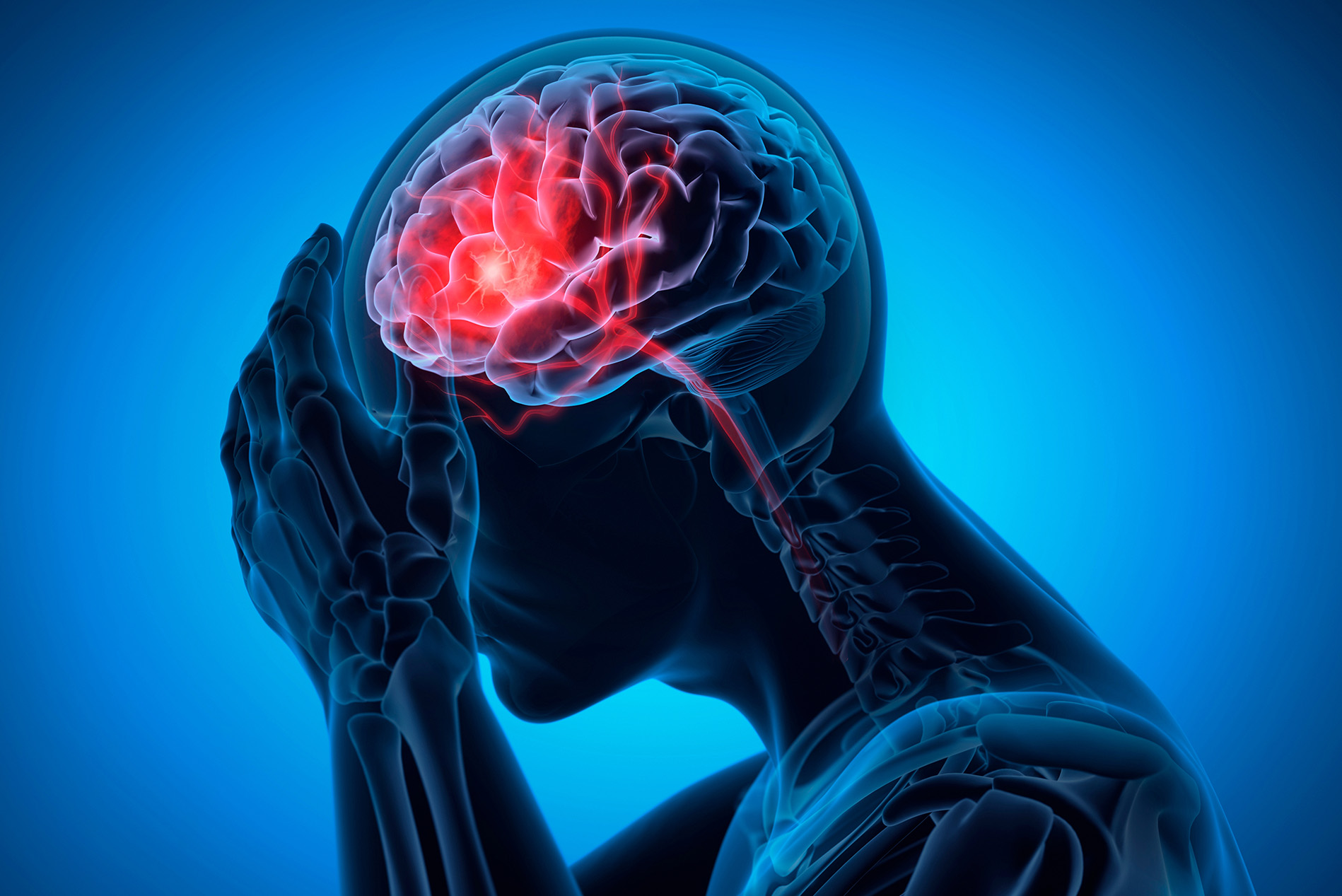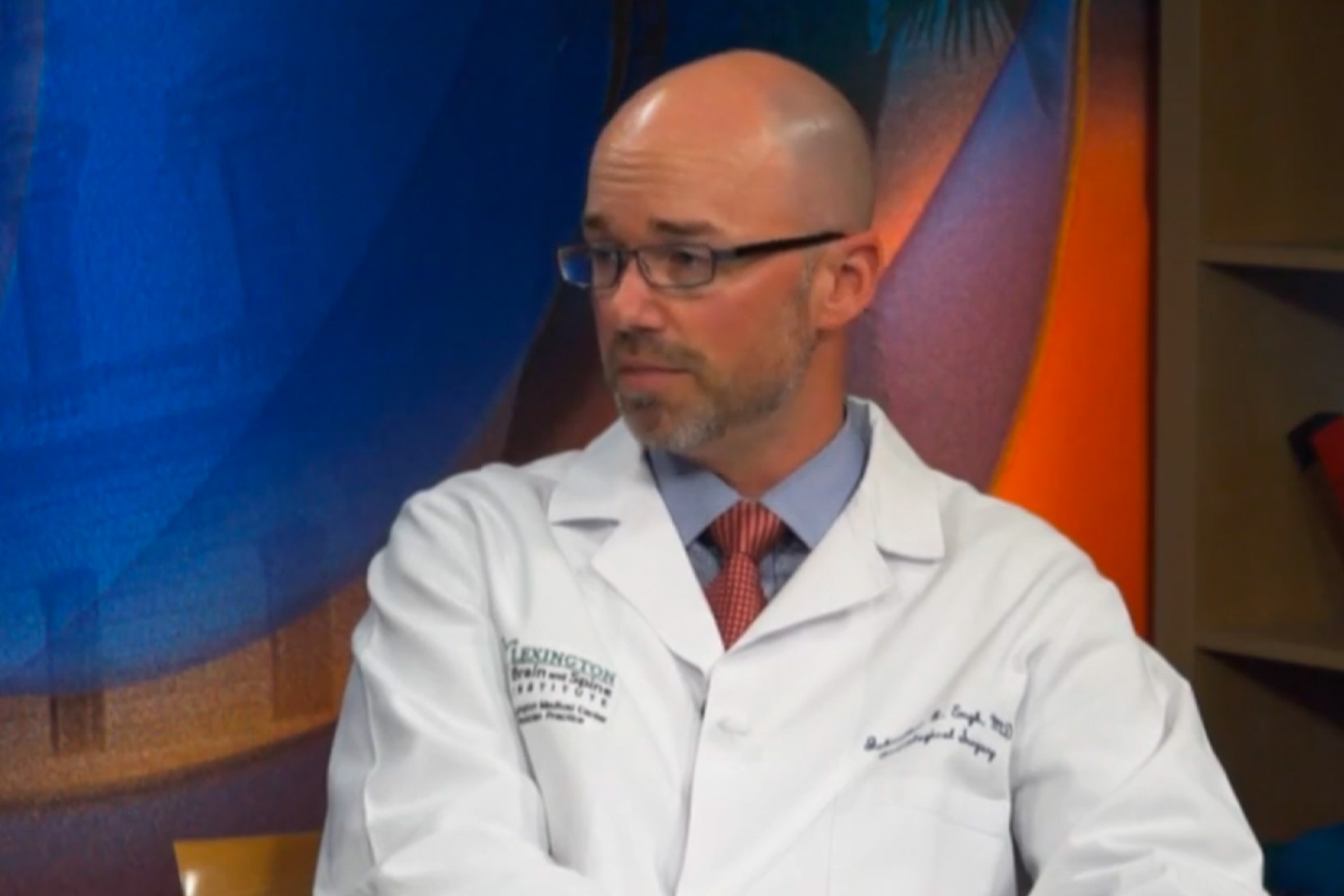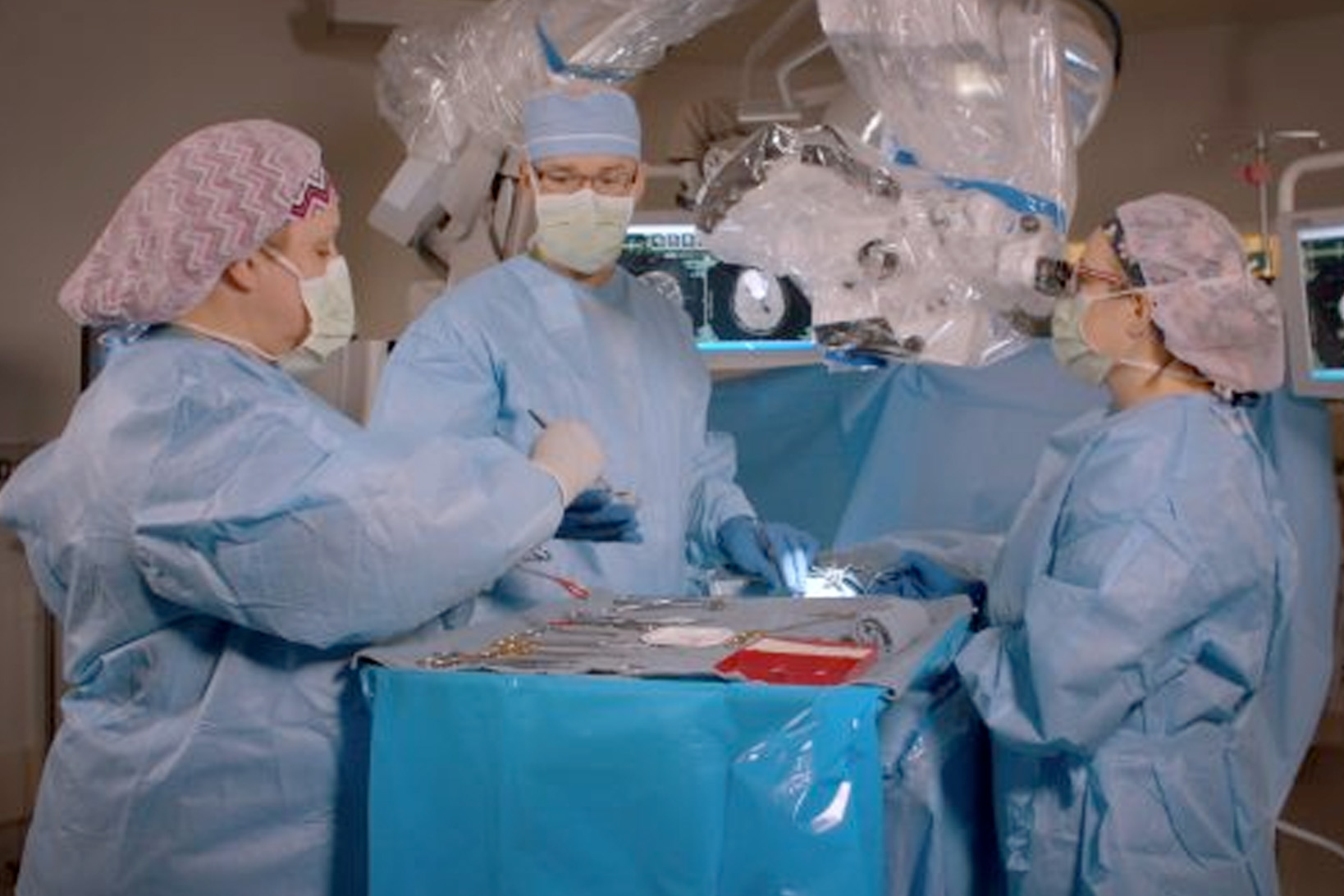Neck pain can be more than just a nuisance—it can disrupt your daily life, affect your sleep, and limit your ability to work or enjoy physical activity.
Neurosurgeon Troy Dawley, DO, with Lexington Brain and Spine Institute, says, "Patients with cervical disc issues commonly experience neck pain that radiates into their shoulder, arm or hand. They may also have numbness or tingling in those areas. Unfortunately, the pain can be quite excruciating and unrelenting."
"We usually try conservative treatment options to treat disc issues first, which could include physical therapy, anti-inflammatories or other prescription medications. We may also recommend things like acupuncture, dry needling, chiropractic care or massage to improve symptoms. If patients aren't getting adequate relief from conservative treatment, then it's time to consider surgical options," says Dr. Dawley. "In cases where conservative treatments like physical therapy or medication don't help, cervical disc replacement can be a viable alternative."
What Is Cervical Disc Replacement?
The cervical spine consists of seven vertebrae (C1–C7), and between these bones are intervertebral discs that act as shock absorbers, allowing for flexible movement.
Cervical disc replacement, FDA-approved since 2007, is a surgical procedure that replaces a damaged or degenerated disc in the neck with an artificial disc made of titanium or a combination of titanium and ceramic material.
Cervical disc replacement typically involves:
- An anterior approach – The surgeon makes a small incision in the front of the neck.
- Removal of the damaged disc – The problematic disc is carefully removed to relieve pressure on the spinal cord and nerve roots.
- Implantation of the artificial disc – A prosthetic disc made of metal and/or plastic is inserted into the space, allowing for motion similar to a natural disc.
The entire procedure generally lasts 1–2 hours, and many patients return home the same day or after one night in the hospital.

Benefits of Cervical Disc Replacement
Compared to the traditional surgical approach of anterior cervical discectomy and fusion of the cervical vertebrae, CDR offers several potential advantages:
- Preservation of motion – The artificial disc allows continued movement at the treated spinal segment, unlike fusion, which limits motion.
- Faster recovery – Patients often experience quicker return to normal activities.
- Lower risk of adjacent segment disease – By maintaining motion, there may be less stress on neighboring spinal levels, potentially reducing future degeneration.
- No need for bone grafts or plates – CDR doesn't require the use of hardware to fuse the spine.
Who Is a Good Candidate?
Not everyone with neck pain is a candidate for cervical disc replacement. Ideal candidates typically:
- Have a single-level disc problem between C3 and C7
- Experience radicular symptoms (like arm pain or weakness) due to nerve compression
- Have no significant spinal instability, deformity, or advanced arthritis
- Are in good overall health and non-smokers
"We conduct imaging studies such as MRI or CT scans to determine if CDR is appropriate," says Dr. Dawley.
Recovery and What to Expect
Recovery from cervical disc replacement is often faster and less restrictive than spinal fusion. Most patients can:
- Resume light activities within a few days
- Return to work in 2–4 weeks (depending on the job)
- Begin physical therapy shortly after surgery to strengthen neck muscles and improve range of motion
However, as with any surgery, there are risks—these may include infection, nerve injury, implant dislocation, or difficulty swallowing (dysphagia), although serious complications are rare when performed by an experienced surgeon.
"If you've been living with chronic neck pain that radiates to your arm and conservative treatments haven’t provided relief, it may be time to consider your surgical options. Cervical disc replacement is a safe and effective alternative to spinal fusion that can relieve pain, restore mobility, and help you return to the activities you love," says Dr. Dawley.

Troy C. Dawley, DO, FAANS, Lexington Brain and Spine Institute








Leave a comment